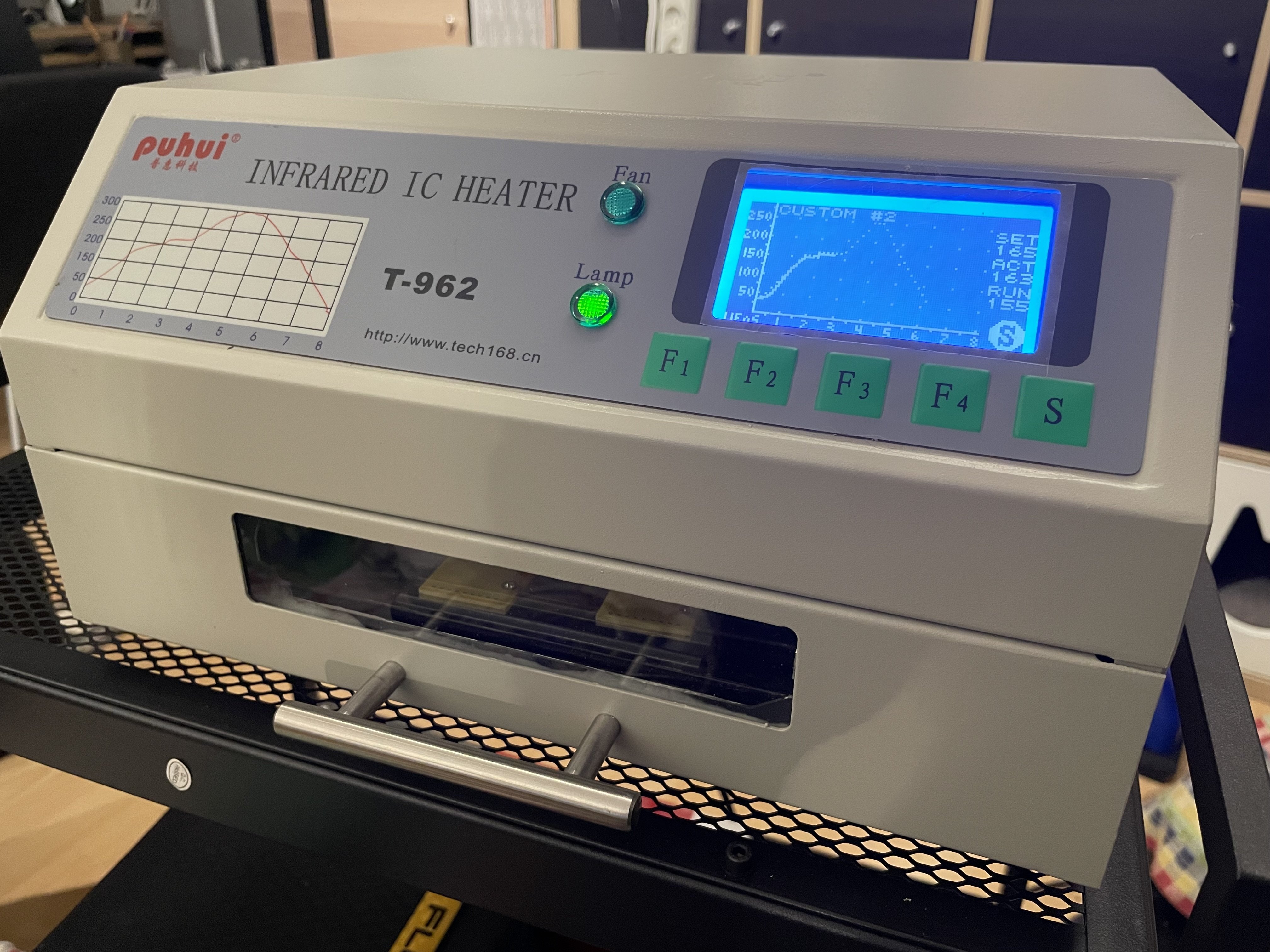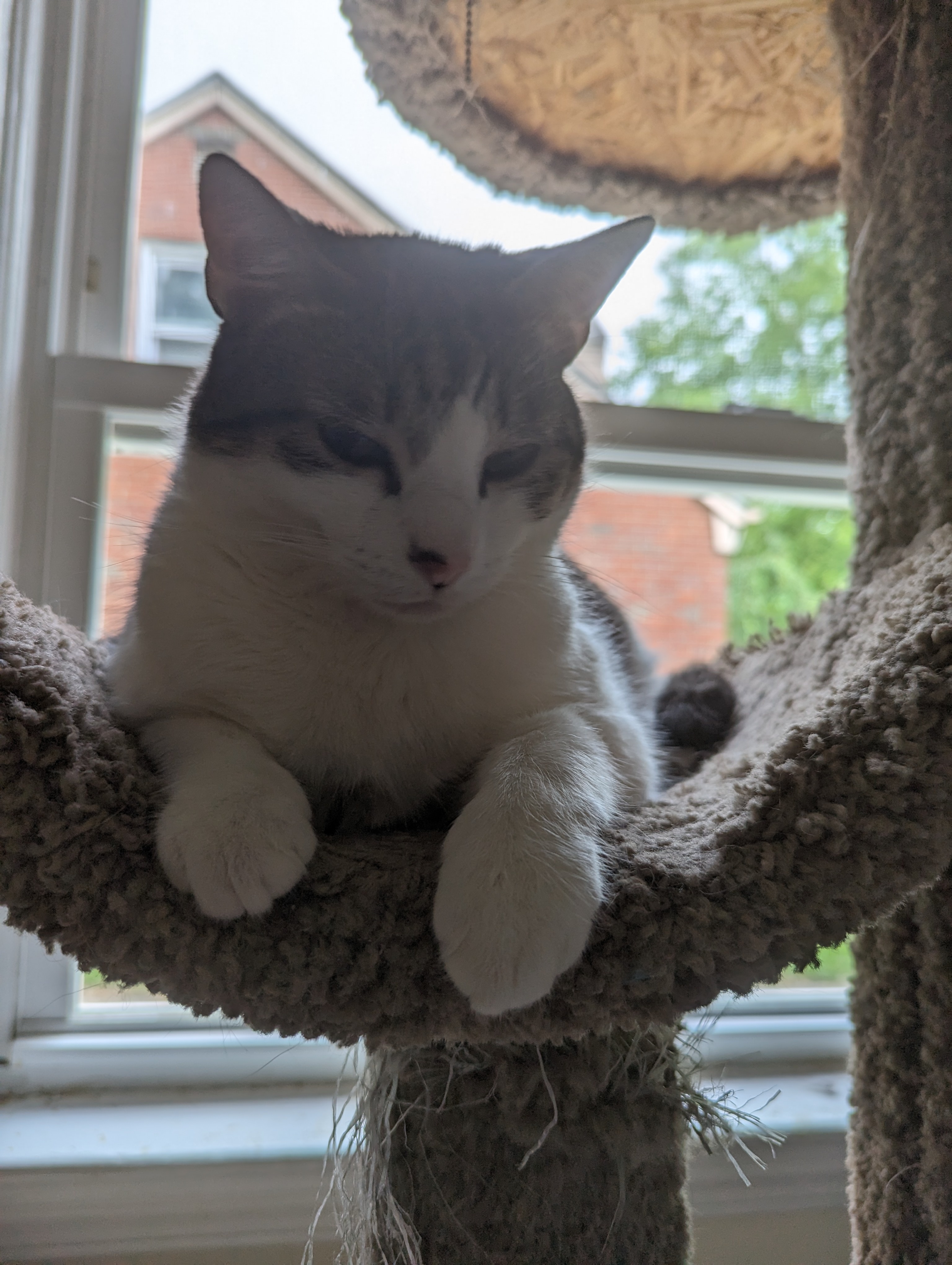Not sure if that helps your research. We have an (very expensive “upper 4 digit region” they didn’t tell me exactly) DJI drone (an Matrice 30T if I remember correctly) at work that has the option of operating autonomously with a base-station where it also automatically lands and recharges. The catch is it’s like impossible to operate autonomous UAVs here because of airspace restrictions (that’s why we only have the “manual” version without that base-station thingy). I’m not directly involved in the department that operates the drone so I don’t have more in depth insights but maybe that already helps a little.
Fun fact, our military had to cancel a large and very expensive drone program because the drone (a little larger one tho) couldn’t get certified in European airspace (“Eurohawk” if you want to google that). So I’m not sure how easy it will be to hack something together depending where you are in the world and what restrictions say there.





I was feeling the same :D.
Boy, because of 500c you made me do all that? I was feeling like the Crimson Fleet treated me nicer here.